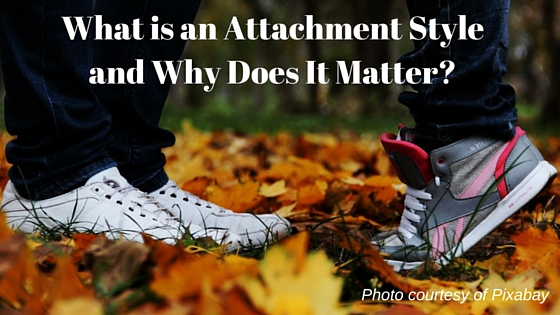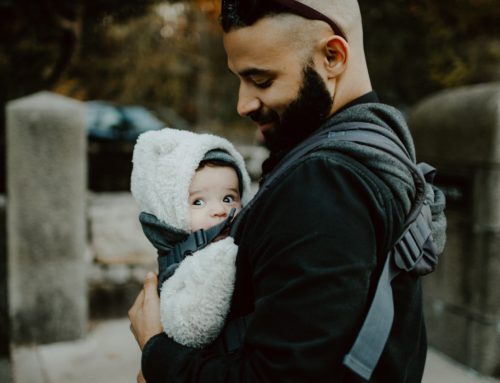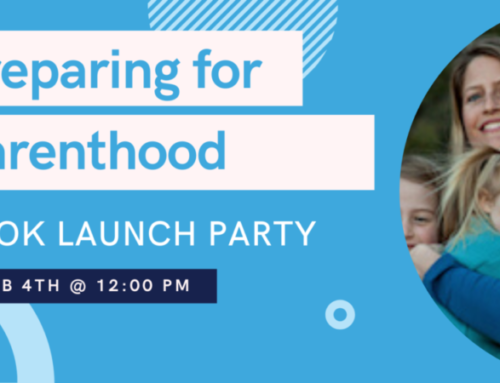Once upon a time you’ll meet “The One.”
You’ll love easily, laugh often, and share your thoughts freely. You’ll argue, but disagree without damage. You’ll face roadblocks, but cope with them together. You’ll grow and evolve both separately and together. You’ll be supremely confident and securely bonded.
Or not.
Unfortunately, that lovely relationship tale seems an unreachable fiction for many people.
The potential for that story was largely written very early in all of our lives, by our first caregivers. How your primary caregivers responded to your needs, or allowed you to develop an “attachment” to them, wrote a profound relationship script for your life.
An “attachment style” is the story of that infant-caregiver relationship.
Let’s explore the main types of attachment styles below. Keep in mind that many people have a combination of attachment styles, based on different relationships to their primary caregivers. Also note that when a person becomes an adult, the name of the attachment style changes; these names are seen in parentheses.
Attachment Style #1: Secure Attachment: (Autonomous)
As a child, you likely had a secure attachment style if you felt closely connected to your parent or primary caregiver. There was a sense that he or she heard you, saw you accurately, and was attuned to your needs and feelings. You felt loved and appreciated. When disagreements occurred between the two of you, your caregiver reached out and attempted to sincerely repair the rupture with you. These repairs led to increased trust and growth in this relationship, and a feeling that the world was generally a safe place.
As an adult, your secure attachment style is now termed autonomous. Relationships are generally stimulating and relaxed, and are opportunities for fulfillment. You are able to create, engage, and sustain meaningful connections with people. Your relationships are loving and empathetic. Boundaries are a familiar concept for you, and applied appropriately.
Attachment Style #2: Anxious-Avoidant Attachment: (Dismissive)
As a child, you likely had an anxious-avoidant attachment style if your childhood parental connections were marked by a lack of availability or open rejection. You may have a spent a lot of time alone, though you wanted contact. You may have learned not to seek out your caregivers for comfort or company.
Your adult relationships now, as someone with a dismissive attachment style, may lack real intimacy. You may feel as if the world is at arm’s length. This may be comfortable, or uncomfortable, for you. Habitually, you may find yourself avoiding emotional connections, and remaining distant, even though you long for connection. Your behavior may sometimes be critical or unyielding. Despite a core desire to love and be loved, you may take a step towards closeness only to take two steps back.
Attachment Style #3: Anxious-Ambivalent Attachment: (Preoccupied)
As a child, you likely had an anxious-ambivalent attachment style if your primary caregiver was largely unpredictable or characterized by periods of limited availability and periods of intrusive interaction. You may have felt your parent was unreliable and strangers were worthy of suspicion. Though you disliked being away from your parent, his or her inconsistency may have led you to desire that presence, only to push it away when he or she drew close.
As an adult with a preoccupied attachment style, you may discover that your connections are filled more with hunger than fulfillment. You may never really trust anyone. You may become so preoccupied with your partner that you lose sense of yourself. You may believe deeply the movie line, “You complete me,” and cling, demand, and pressure your partner accordingly. This may end up driving your partner away.
Conversely, when you do come together, you may tend to blame, or try to control your partner, or fake indifference. When your partner exercises any independence, you may see it as confirmation of his or her eventual abandonment.
Attachment Style #4: Disorganized Attachment: (Unresolved)
*Note: Disorganized attachment isn’t really its own distinct style. It is always linked to one of the above three styles, and thus is considered a subtype.
As a child, you likely had a disorganized attachment style if you grew up with a caregiver or parent who was abusive, neglectful, or experienced his or her own trauma that was unresolved. It’s likely you just never landed on a safe way to relate to others if the safe person you needed was also your main source of distress or instability.
As an adult with an unresolved attachment style, you may live with serious relationship fallout. Relationships, or certain situations within your relationships, may feel frightening, infuriating, or completely disorienting. Explosive interactions, or complete emotional shut-downs, from either you or your partner, may have led to serious consequences or even abuse in your life. You may harbor a deep inability to trust because it was never safe to trust as a child.
Why Does All of This Matter?
Knowing your attachment style(s) matters because the first step to healing is awareness. Awareness of your patterns in relationship will help you to understand how the potential lack of core connections with your early caregivers may continue to spawn emotional pain, confusion, or isolation in your life. You can then focus your efforts on healing those early chapters of your relationship story, making a more fulfilling relationship future attainable for you.
Many of us did not have our deepest attachment needs met well when we were little. This was often because our caregivers had not had their own attachment needs met when they were little, and therefore didn’t know how to meet those needs for us. This is a challenging generational pass-down, but it can be repaired.
What Can I Do About This?
The good news is that people with insecure attachment styles can heal in relationship to another person. For those of us who didn’t have a secure attachment to a caregiver as a child, we can develop what is called an Earned Secure Attachment.
Repairing attachment wounds can be vulnerable territory. Reach out to someone who is capable and experienced to help you. A caring psychotherapist who is well-trained in attachment work can provide you with the support you need moving forward. There is still time to revise your own relationship tale.







Leave A Comment